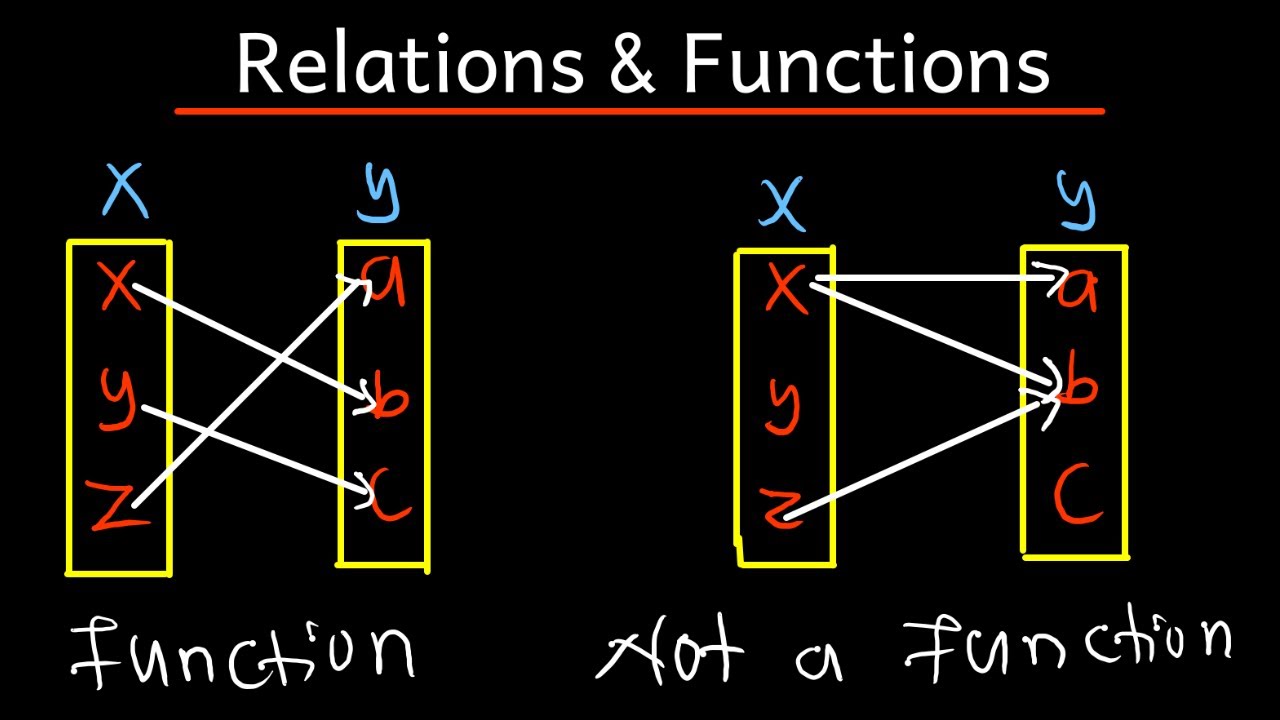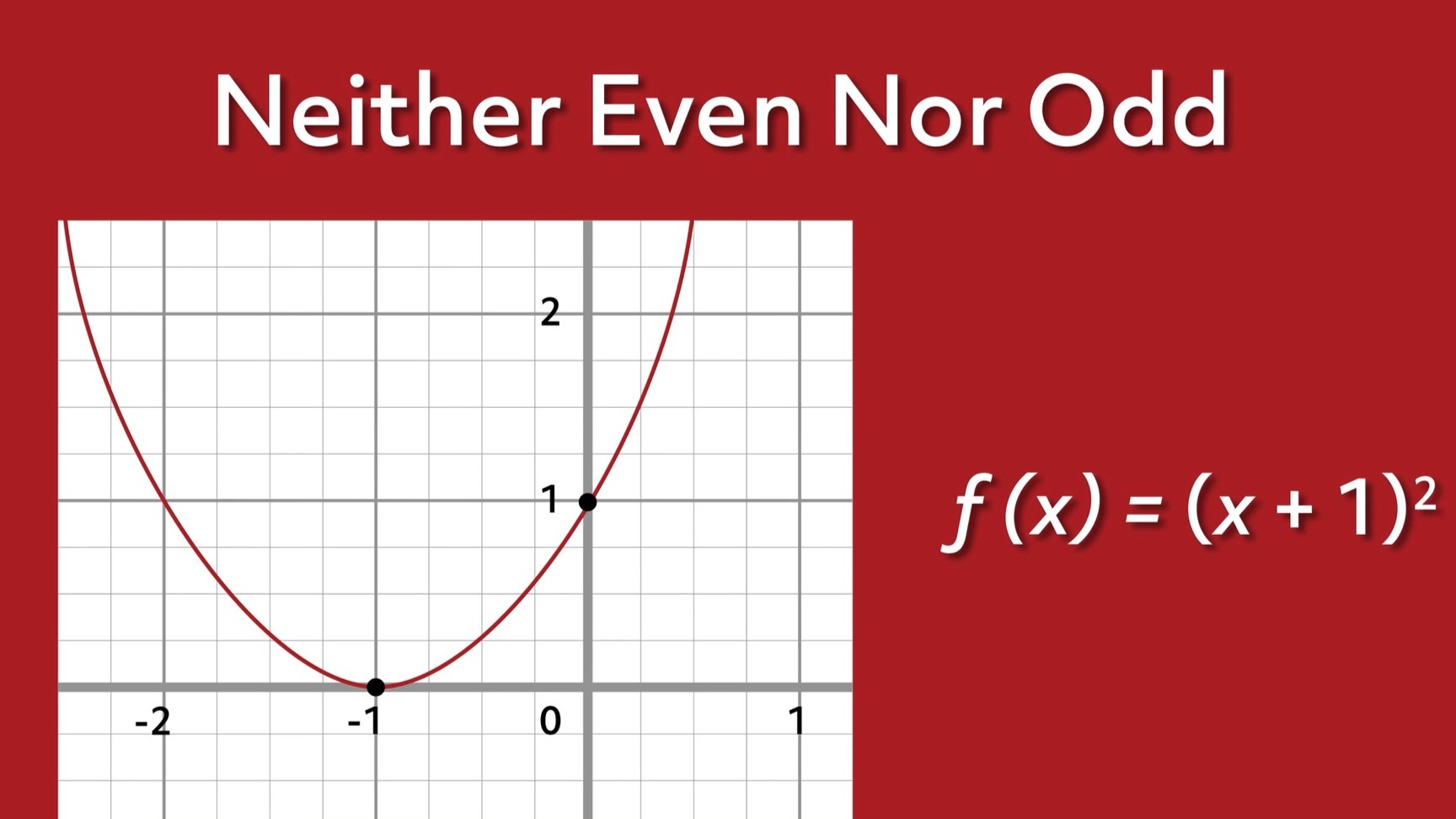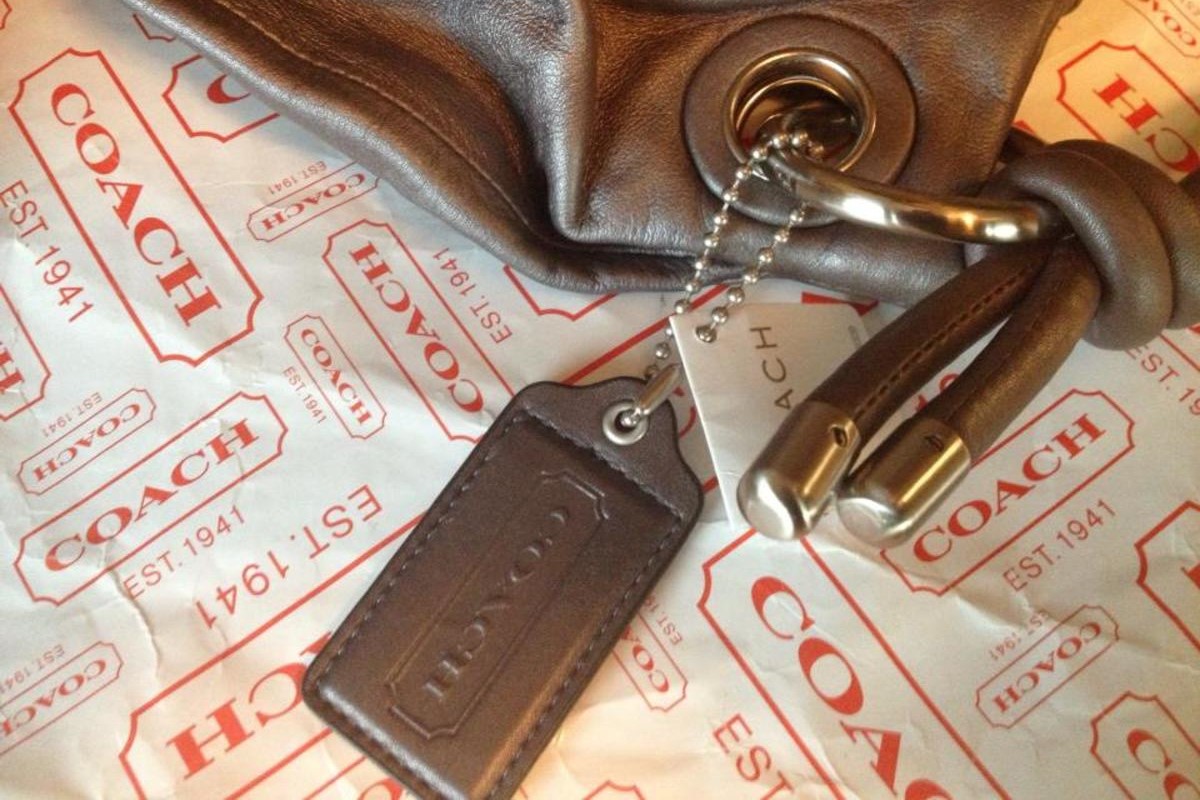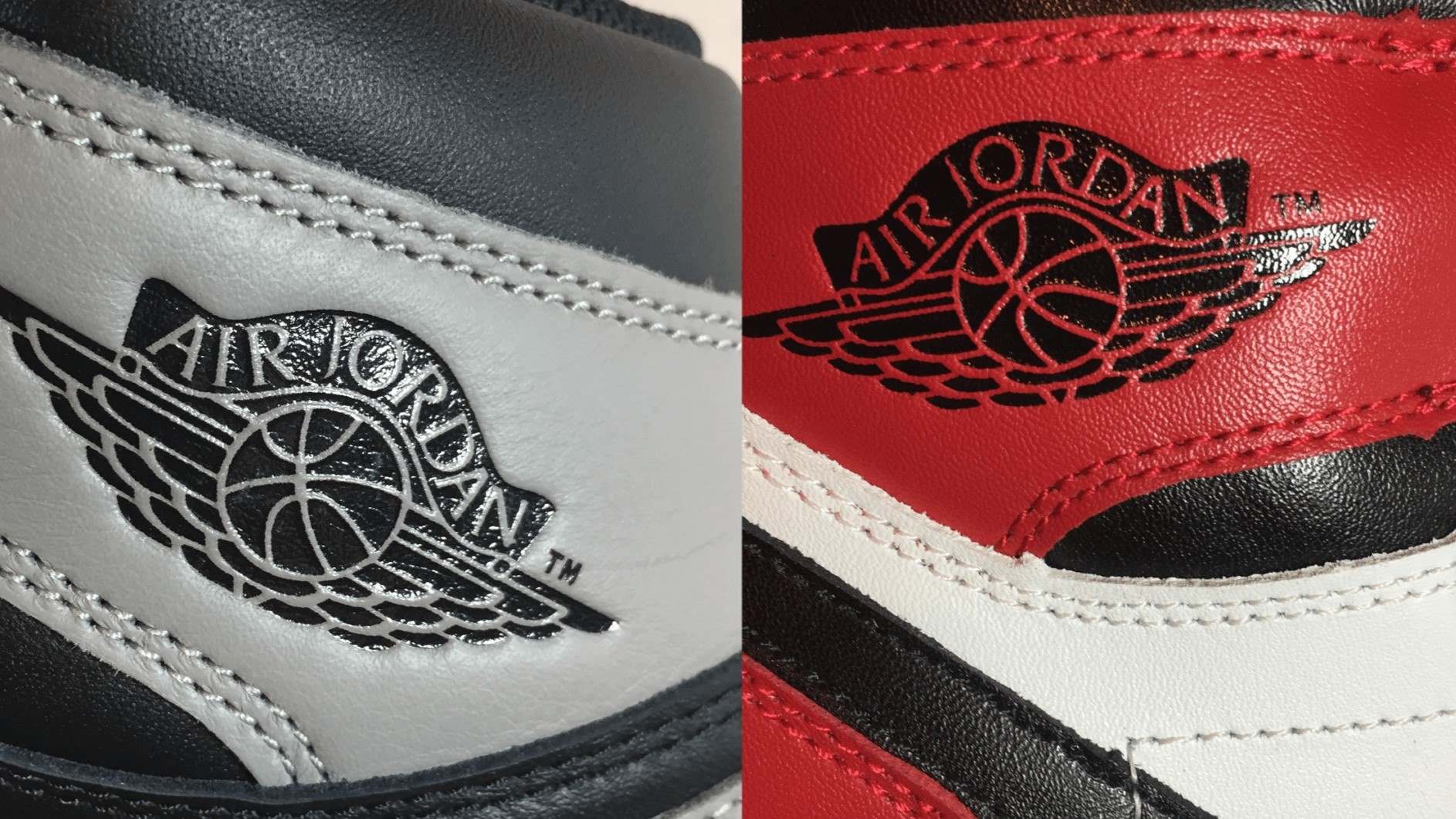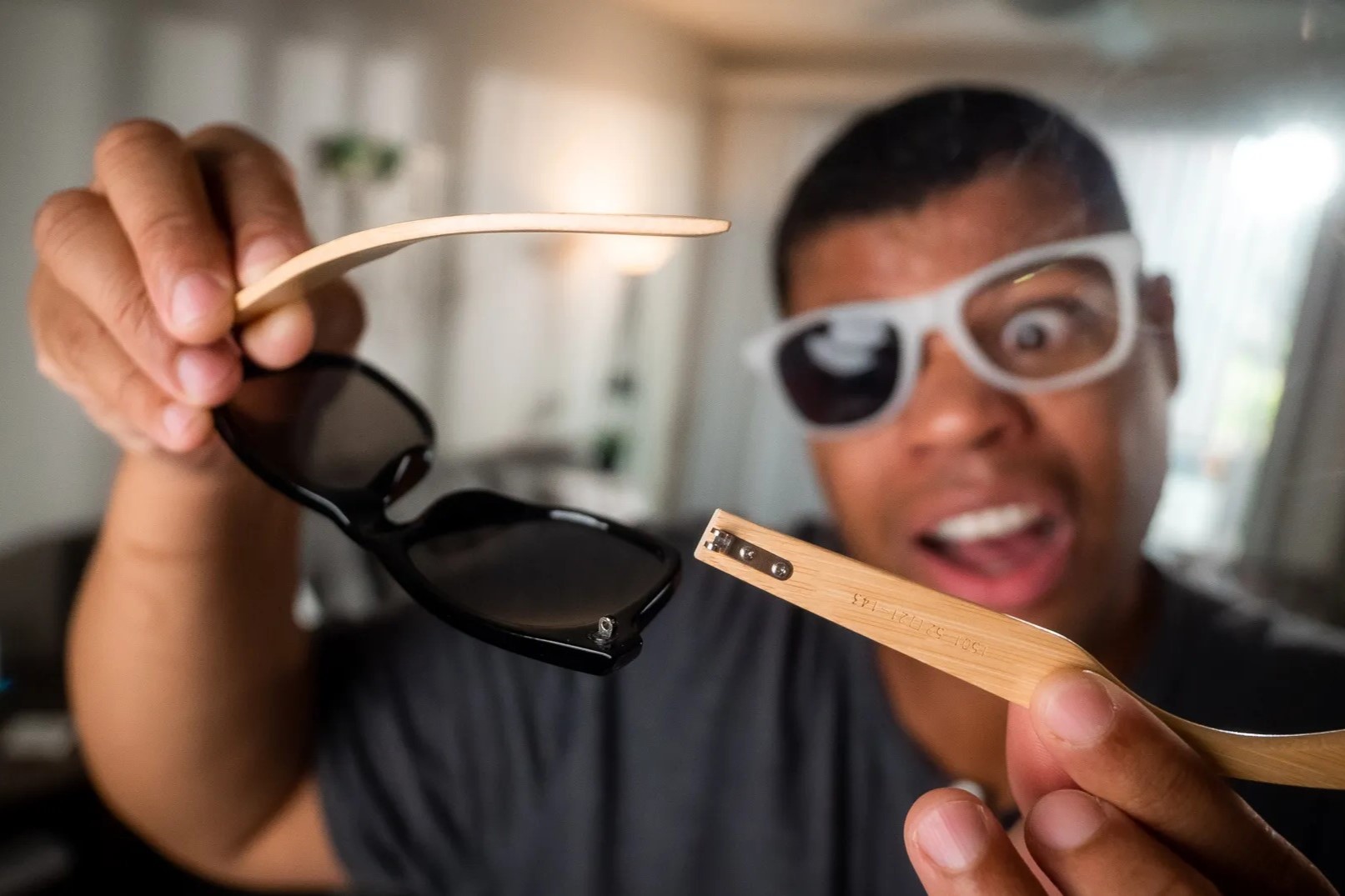Home>Health and Wellness>How To Tell If Contact Lens Is Still In Eye
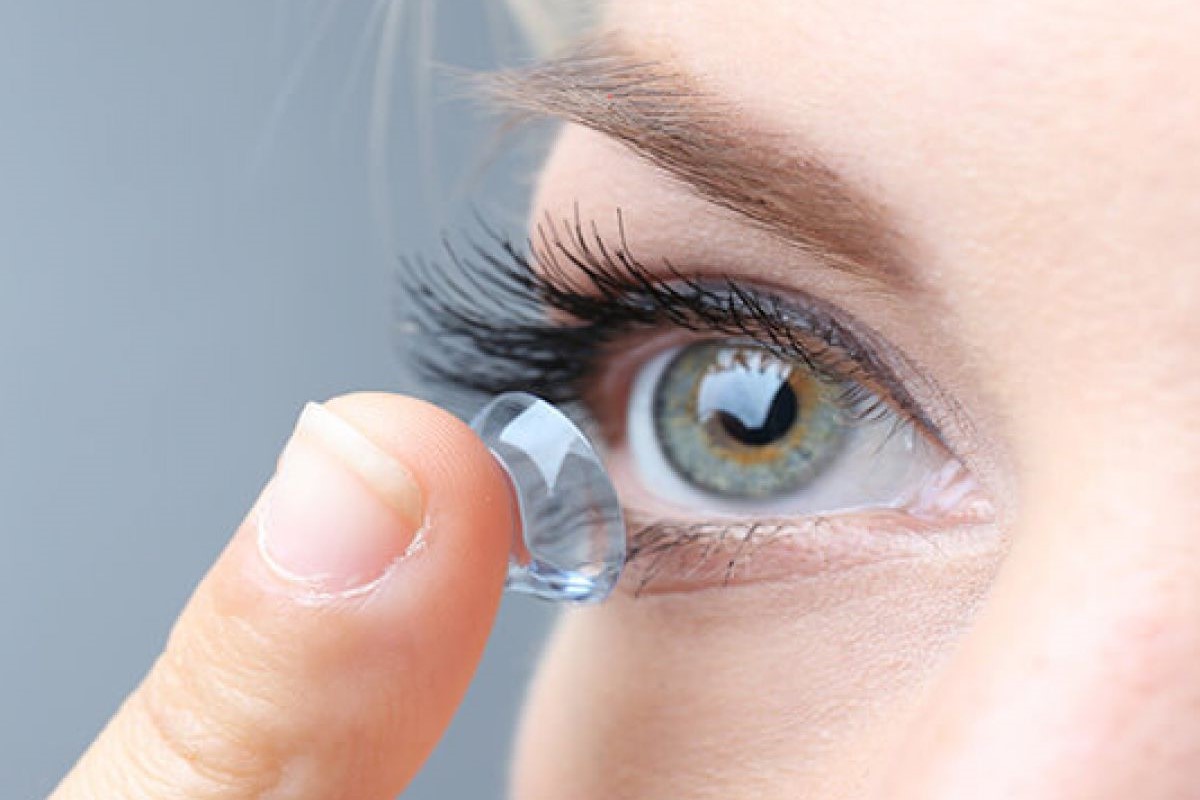

Health and Wellness
How To Tell If Contact Lens Is Still In Eye
Published: February 29, 2024
Learn how to determine if a contact lens is still in your eye and ensure your eye health with our expert tips. Discover more health and wellness advice.
(Many of the links in this article redirect to a specific reviewed product. Your purchase of these products through affiliate links helps to generate commission for Noodls.com, at no extra cost. Learn more)
Table of Contents
Introduction
Contact lenses are a popular choice for vision correction, offering convenience and comfort for millions of people worldwide. However, it's not uncommon for wearers to wonder whether their contact lens is still in their eye. The fear of a lost contact lens can be unsettling, but there are simple ways to determine if the lens is still in place. In this article, we will explore the signs that indicate a contact lens is still in the eye, as well as the steps to check for its presence. Additionally, we will discuss what to do if the contact lens is indeed missing. Whether you're a seasoned contact lens wearer or considering making the switch, understanding how to tell if a contact lens is still in your eye is essential for maintaining good eye health and ensuring a clear vision.
Signs that the Contact Lens is Still in the Eye
When wearing contact lenses, it's natural to occasionally question whether the lens is still in place. Fortunately, there are several signs that can reassure you of the lens's presence in your eye. These indicators can help alleviate any concerns and provide peace of mind regarding the status of your contact lens.
Comfortable Sensation
One of the primary signs that your contact lens is still in your eye is a comfortable sensation. When the lens is properly positioned, you should not experience any discomfort, irritation, or foreign body sensation. If your eye feels normal and free from any unusual sensations, it is likely that the contact lens is still in place.
Clear Vision
Another positive sign that the contact lens remains in your eye is clear and consistent vision. If your vision remains sharp and unaffected, it indicates that the lens is correctly positioned on your cornea. Blurriness or sudden changes in vision can be indicative of a displaced or missing contact lens.
Absence of Irritation
When a contact lens is in the eye, there should be an absence of persistent irritation or redness. If your eyes appear white and healthy, without any signs of excessive tearing or discomfort, it suggests that the contact lens is still where it should be.
Read more: How To Tell If Contact Is Inside Out
Blinking Sensation
A subtle but reassuring sign of a contact lens being in place is the awareness of the lens with each blink. This gentle sensation can serve as a reminder that the lens is comfortably resting on your eye and not dislodged or missing.
Consistent Moisture
A contact lens that is properly positioned will maintain consistent moisture on the surface of the eye. If your eyes feel adequately hydrated and comfortable, it is a positive indication that the contact lens is still present and functioning as intended.
By being mindful of these signs, contact lens wearers can gain confidence in the presence and stability of their lenses, ensuring a comfortable and clear vision throughout the day.
Steps to Check if the Contact Lens is Still in the Eye
Checking whether a contact lens is still in the eye is a straightforward process that can provide reassurance and peace of mind for wearers. By following these simple steps, individuals can quickly determine the status of their contact lenses and address any concerns effectively.
-
Wash Your Hands: Before touching your eyes, it's crucial to wash your hands thoroughly with mild soap and water. This step helps prevent the transfer of dirt, oils, or other contaminants to the eyes and contact lenses.
-
Look in the Mirror: Stand in front of a well-lit mirror and examine your eyes closely. Gently pull down the lower eyelid to create a clear view of the lower portion of the eye. Use your other hand to hold the upper eyelid to ensure a steady and unobstructed view.
-
Check for the Lens: With a focused gaze, inspect the surface of your eye for the presence of the contact lens. The lens should be visible on the white part of the eye or the colored iris. Take your time and scan the entire area to ensure a thorough examination.
-
Assess Comfort and Sensations: While looking for the contact lens, pay attention to any discomfort, foreign body sensations, or visual disturbances. If you experience any unusual feelings or notice any irregularities, it may indicate a problem with the contact lens.
-
Repeat for the Other Eye: If you wear contact lenses in both eyes, it's essential to repeat the same process for the other eye. Carefully examine each eye separately to confirm the presence and proper positioning of the contact lenses.
-
Seek Assistance if Necessary: If you are unable to locate the contact lens or experience persistent discomfort, it's advisable to seek assistance from an eye care professional. They can conduct a thorough examination and provide guidance on the best course of action.
By following these steps, contact lens wearers can proactively assess the presence and condition of their lenses, promoting eye health and ensuring a comfortable wearing experience. Regularly checking for the presence of contact lenses can help individuals stay vigilant and promptly address any issues that may arise, contributing to overall eye wellness and vision clarity.
What to Do if the Contact Lens is Missing
If you find yourself in a situation where a contact lens is missing from your eye, it's essential to remain calm and take appropriate steps to address the issue effectively. Here's what you can do if you suspect that your contact lens is no longer in place:
-
Assess Your Symptoms: If you experience sudden blurriness, discomfort, or the sensation of something foreign in your eye, it's crucial to assess your symptoms carefully. Avoid rubbing your eyes, as this can exacerbate any underlying issues. Instead, blink gently to see if the lens has shifted position.
-
Check Your Clothing and Surroundings: Sometimes, a dislodged contact lens may fall out inadvertently, especially if it's not properly secured on the eye. Take a moment to check your clothing, the area around you, and any surfaces where the lens could potentially have landed. A well-lit environment can aid in the search.
-
Inspect Your Eye Carefully: Using a mirror, examine your eye to see if the contact lens is visible. Gently pull down the lower eyelid and look for any signs of the lens on the white part of the eye or the colored iris. If the lens is not found, avoid attempting to remove it from the other eye, as this can lead to further complications.
-
Contact Your Eye Care Professional: If you are unable to locate the missing contact lens or experience persistent discomfort, it's advisable to seek assistance from an eye care professional. They have the expertise to conduct a thorough examination and address any concerns related to the missing lens.
-
Avoid Wearing Another Lens: In the event of a missing contact lens, refrain from inserting a new lens into the affected eye until you have received guidance from an eye care professional. Doing so can potentially exacerbate any underlying issues and lead to further discomfort or complications.
-
Follow Professional Advice: Upon consulting with an eye care professional, follow their guidance regarding the use of contact lenses and any necessary steps to address the situation. They may recommend specific measures to ensure the health and safety of your eyes.
In the event of a missing contact lens, it's important to prioritize the well-being of your eyes and seek professional assistance as needed. By remaining attentive to any changes in your vision or comfort levels, you can take proactive steps to address the situation and maintain optimal eye health.
